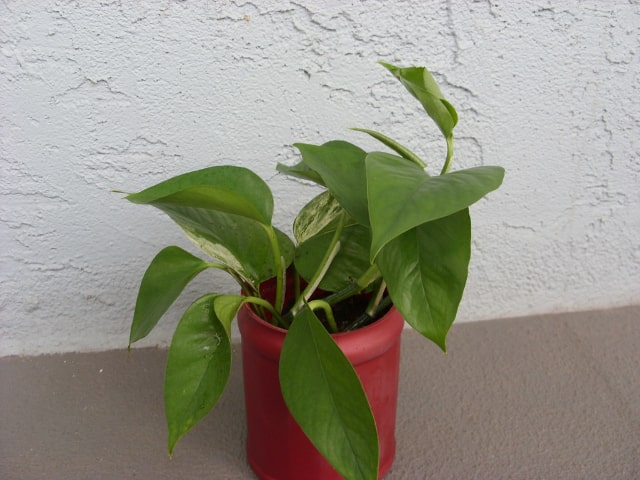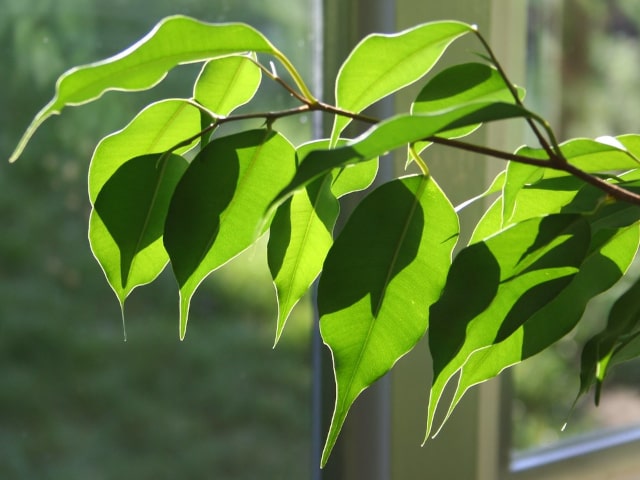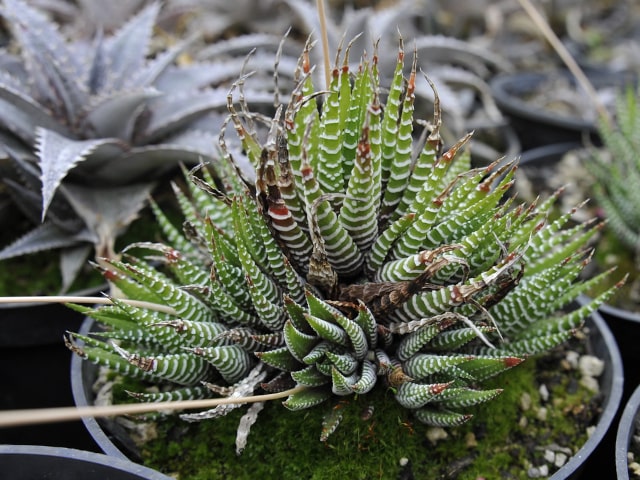
Devil's Ivy is a wonderful plant known for its leafy growth and gorgeous colors. This is why it's a popular choice in many homes. The plant originates from tropical areas, but it will thrive inside of the homes in most climate conditions. This is a very hardy plant that is not easy to kill. It produces trailing vines that can thrive all year long.
Devil's Ivy can grow either as a spread or as a trailing species, so its size can vary greatly. It is known for its evergreen, hearth-shaped foliage that can be glossy green and marbled, or variegated.
This plant will thrive in a porous, light, well-aerated soil that also needs to be well-drained. This is needed so the roots can remain moist but never soggy. This is why soil with peat moss or coco peat work the best.
Devil's Ivy will thrive in a full or partial shade outdoors, while indoors, it will do in bright but indirect light, although it can also tolerate low-light conditions.
When watering, you should keep it moist but always allow the surface of the soil to dry out between watering. Typically, Devil's Ivy should be watered once per week indoors. You ca use a controlled-release fertilizer after planting to feed it, or a liquid fertilizer each time a Devil's Ivy is watered.
Keep in mind that this plant is poisonous to cats and dogs, so do not keep it near your pets. It can also be harmful to humans if ingested, so you should also protect your children from it. It is best to grow it high on the walls in hanging baskets.
How to Propagate Devil's Ivy
The good news about Devil's Ivy is that it is relatively easy to propagate. This is great news for those who wish to have more of the plant in their home. It is also useful for first-time gardeners who are not skilled in plant propagation.
It is best to propagate Devil's Ivy through cuttings. Typically, stem cuttings are used for propagation, and this method produces a lot of success. You don't even need many tools. All you need to provide is a container, some water and a sharp and sterile knife or a pair of scissors.
Before your start propagation, it is important to choose the best cutting. Observe your plant and choose a cutting from a vine that has a bit of length and could use a trim.
Also, make sure to notice tiny bumps along the vines. These are known as root nodes, and they are essential for successful propagation. When choosing a cutting, make sure that the vine you picked has at least three root nodes. This will increase its chance to grow some roots.
Propagate Devil's Ivy with Cuttings
Once you have identified a good vine, it is time to take a cutting. Make sure to always use sterile scissors or a knife to avoid any risk of disease and other problems. Also, your tools should be sharp. Choose a good cutting from a vine and simply trim it. Always make sure to cut below a node.
When you get a cutting, it is time to make it root. This is done easily using water. Use a glass or a jar of water - make sure that the container is clear so you can observe how the roots develop. Immerse the bottom of the cutting into the water, but make sure not to let any leaves touch the surface or be submerged. Only the stem and the nodes should be under water.
Once it is in the water, place the container with the cutting on a place with some filtered light. A windowsill works great for this purpose. Just make sure not to subject it to strong, direct light.
After this, you need to wait for the cutting to develop roots. This can take some time, and it often depends on the time of the year. In the summer, you can see the roots in a few weeks. This process takes longer in the colder months. This is why it's best to propagate Devil's Ivy in the spring or summer. However, it is also fine to do it in the colder months, but be prepared to wait longer for it to develop roots.
Make sure to observe your plant carefully and to change the water every few days while you wait. After a while, you will see that the nodes are slowly lengthening into roots. This is a good sign, but do not remove the cutting from the water immediately. Keep them in the container for a bit longer to make sure they are truly established.
Once you see your cutting developing strong roots, it is time to plant it in the soil. It will take some time for the new plant to establish itself, but from here, you can treat it just like an adult Devil's Ivy plant.
Photo credit: junksignal




0 Comments